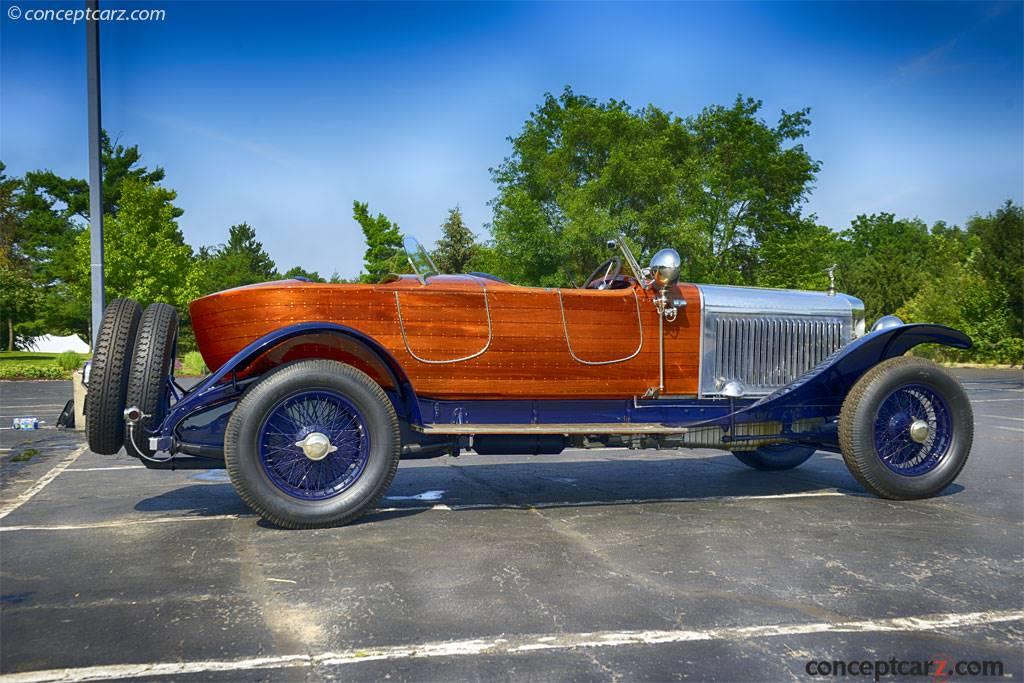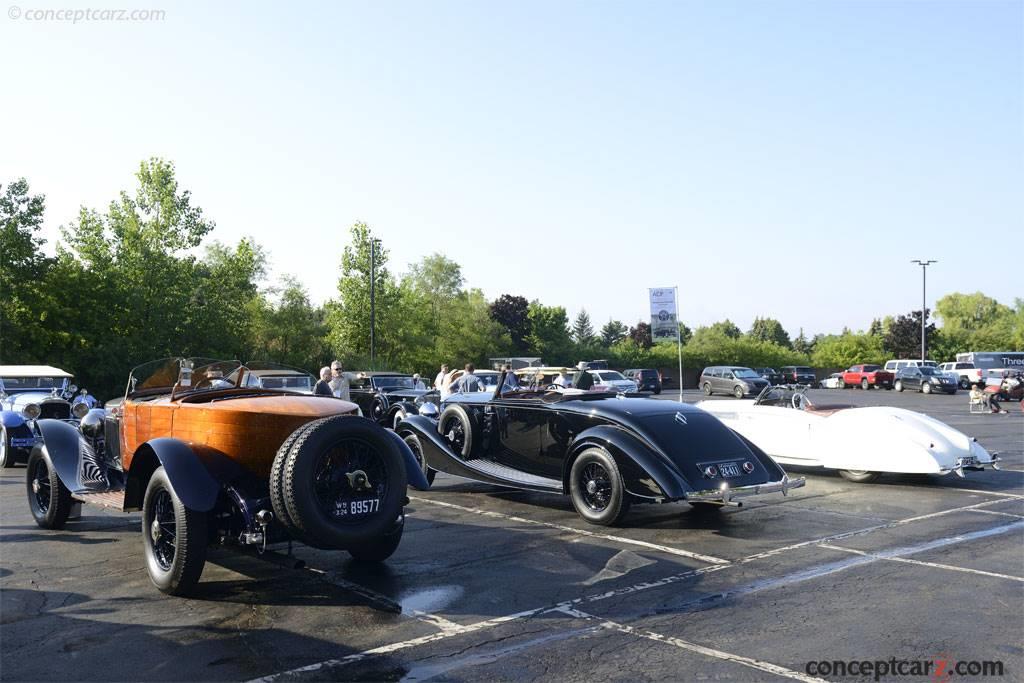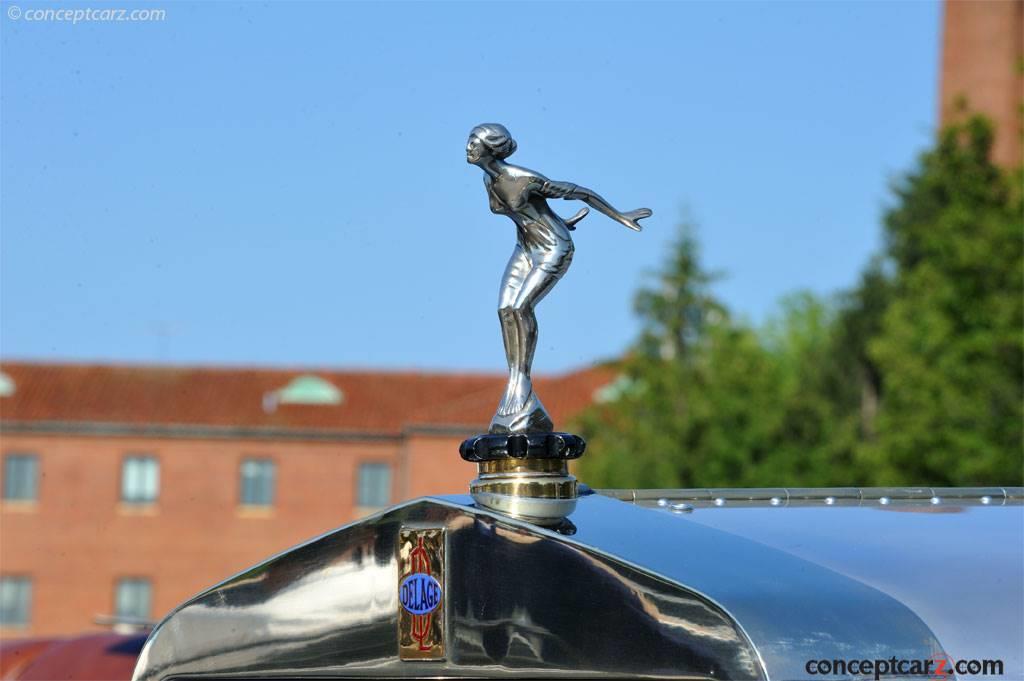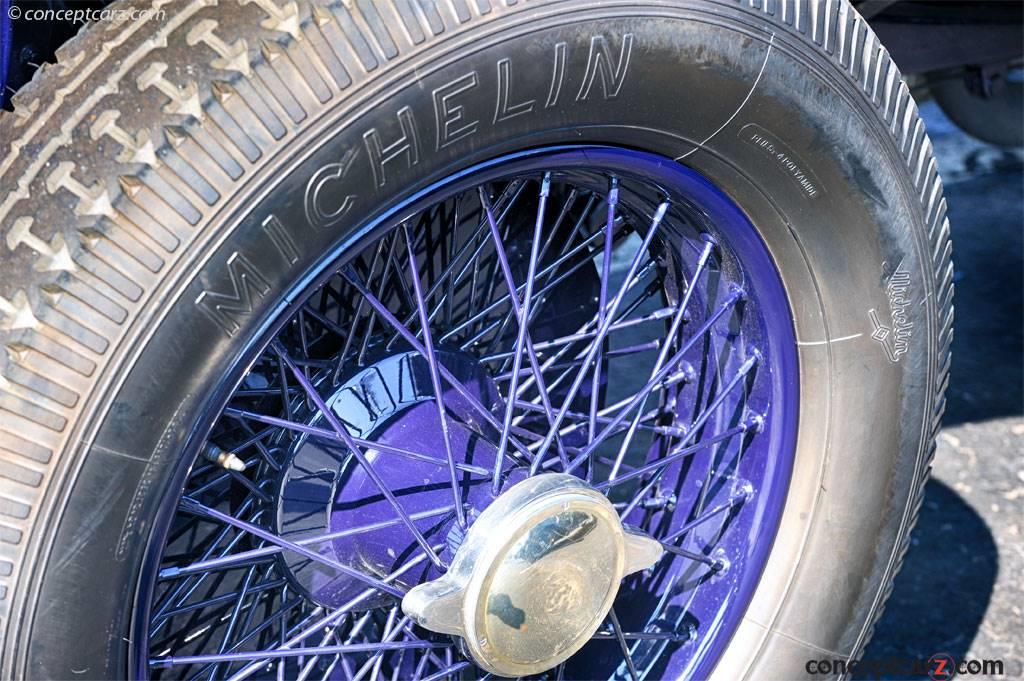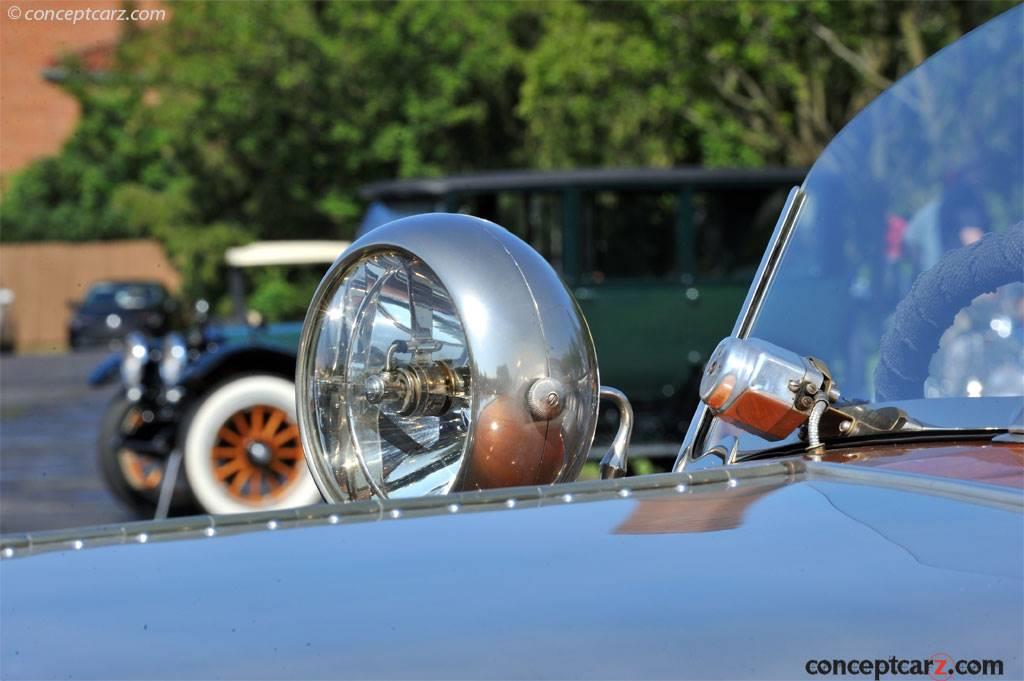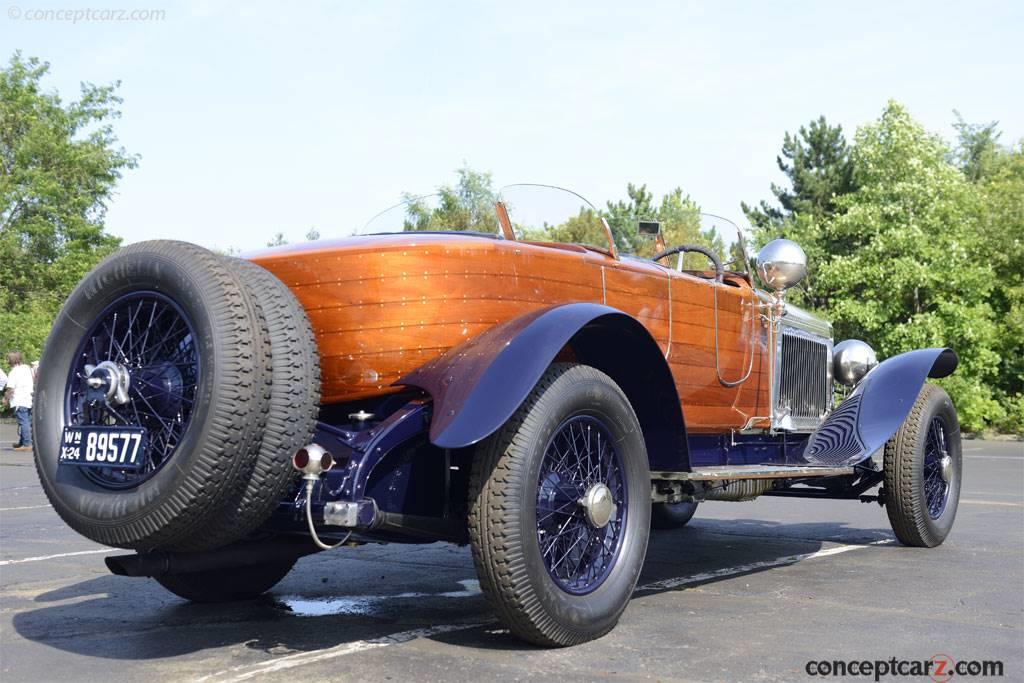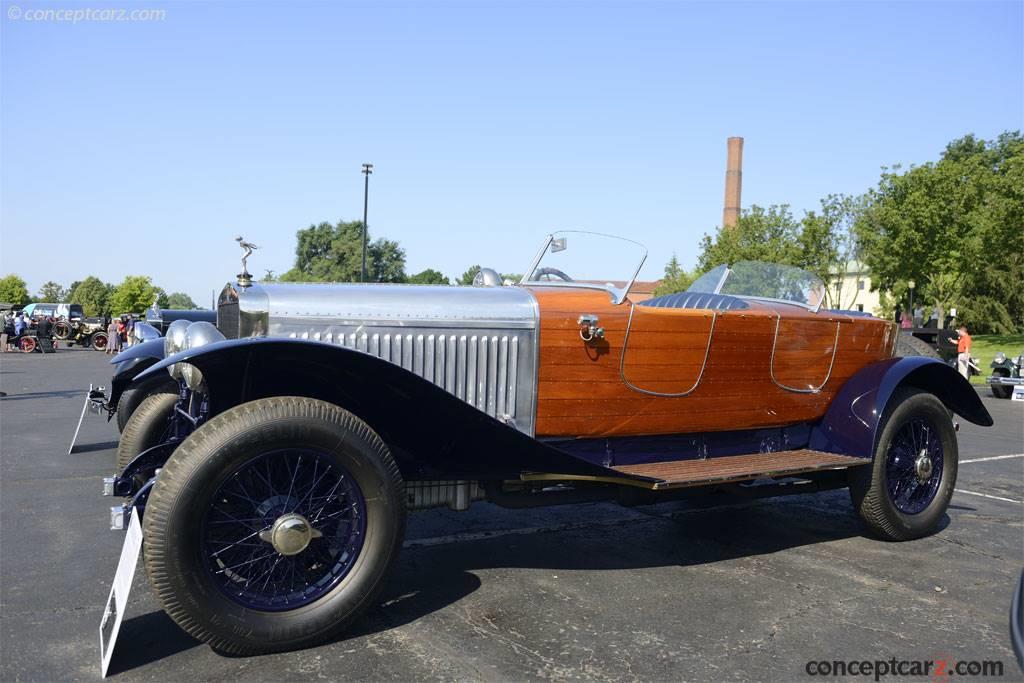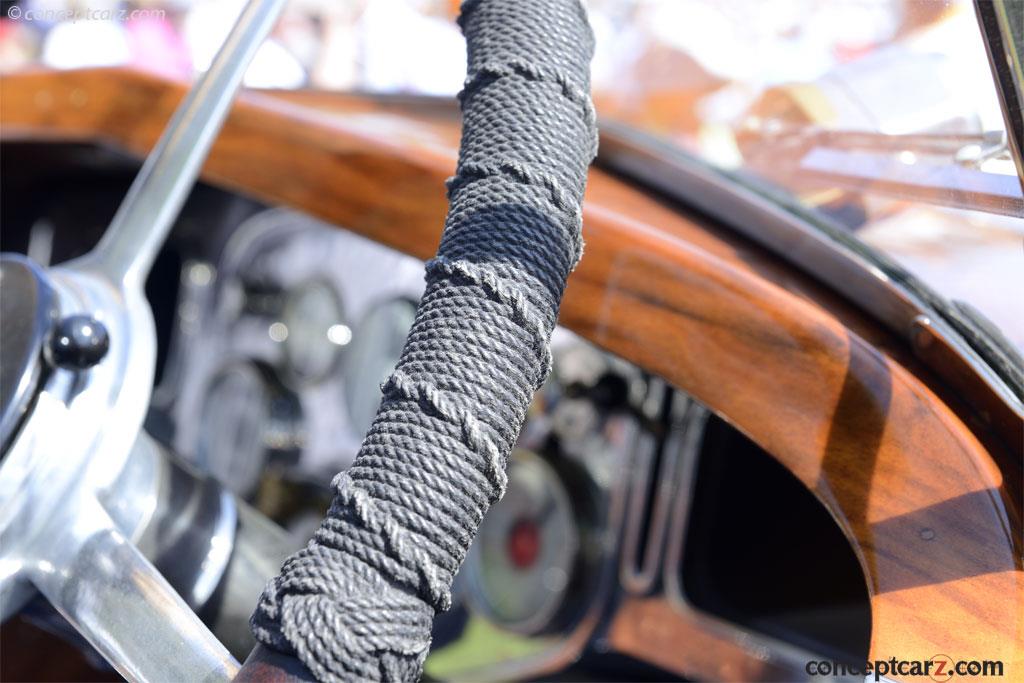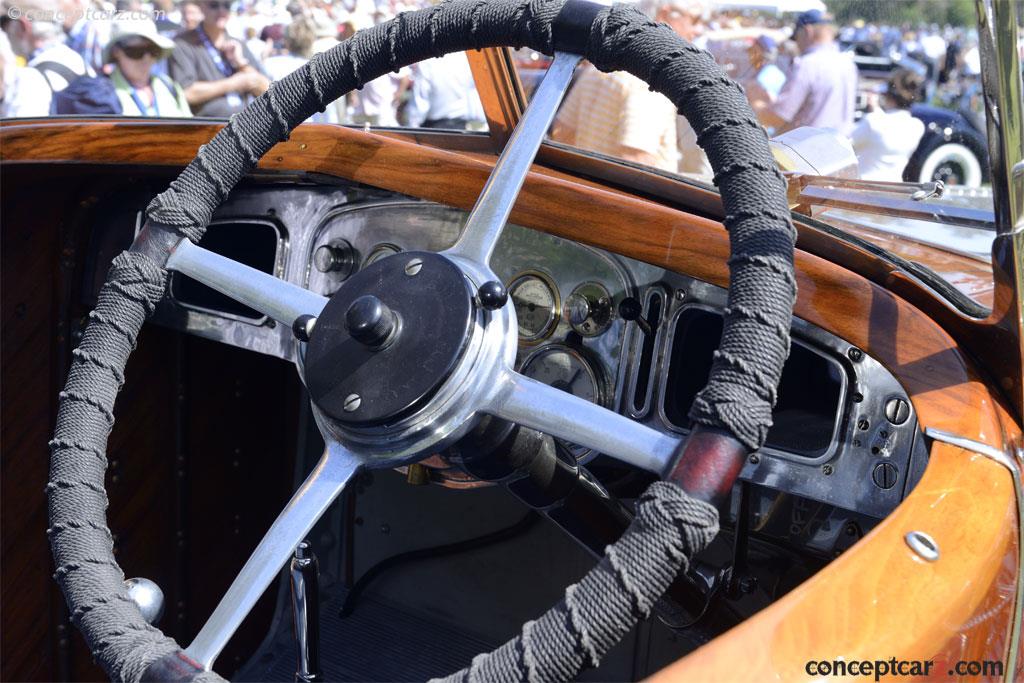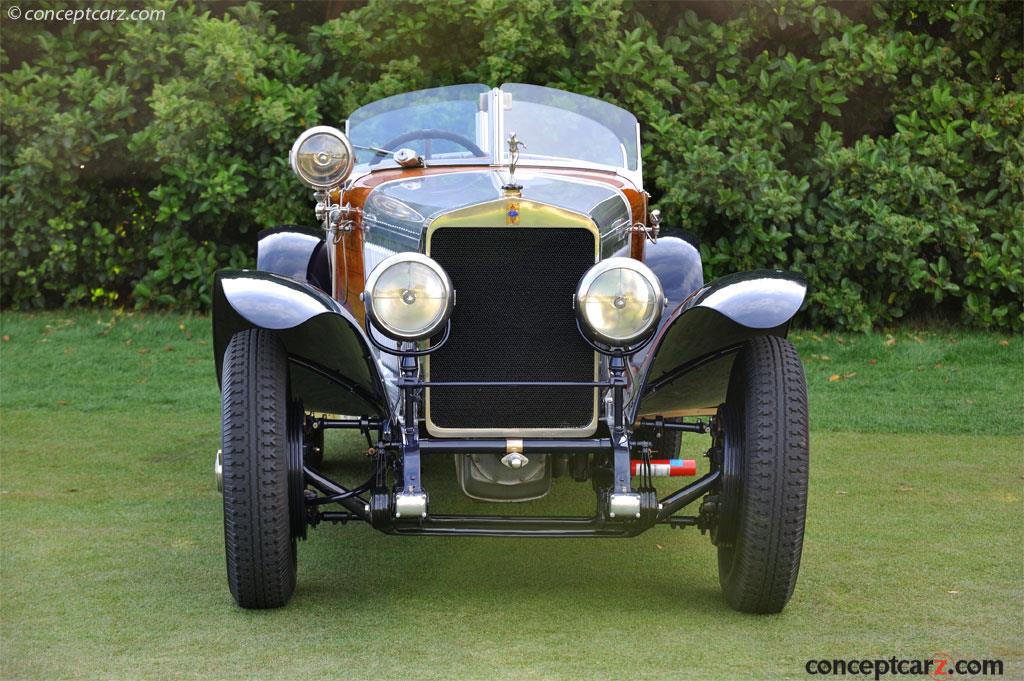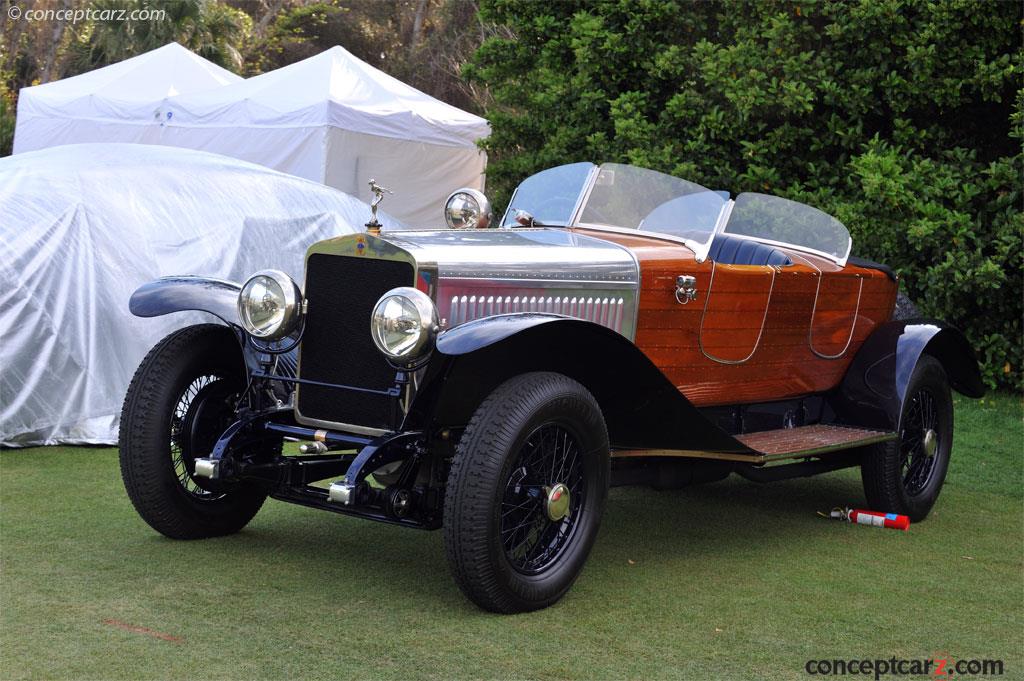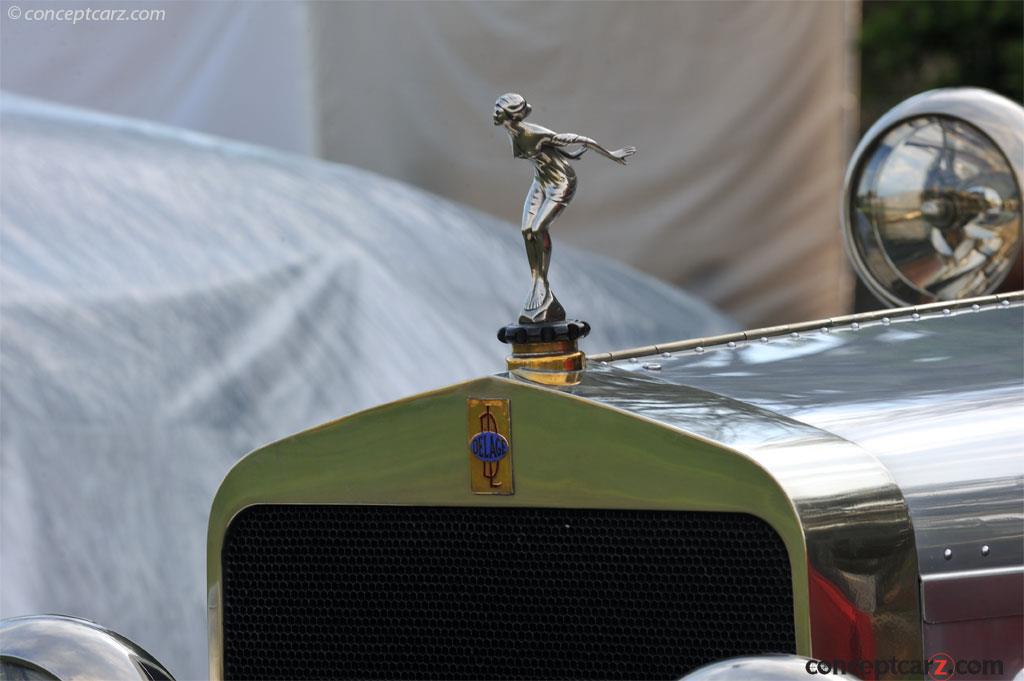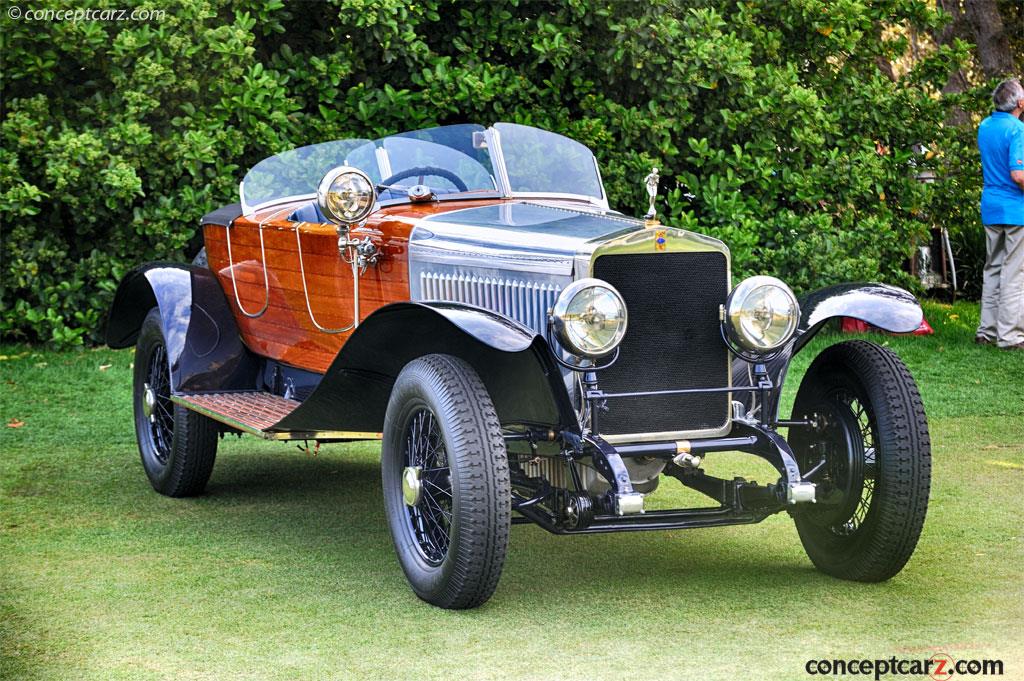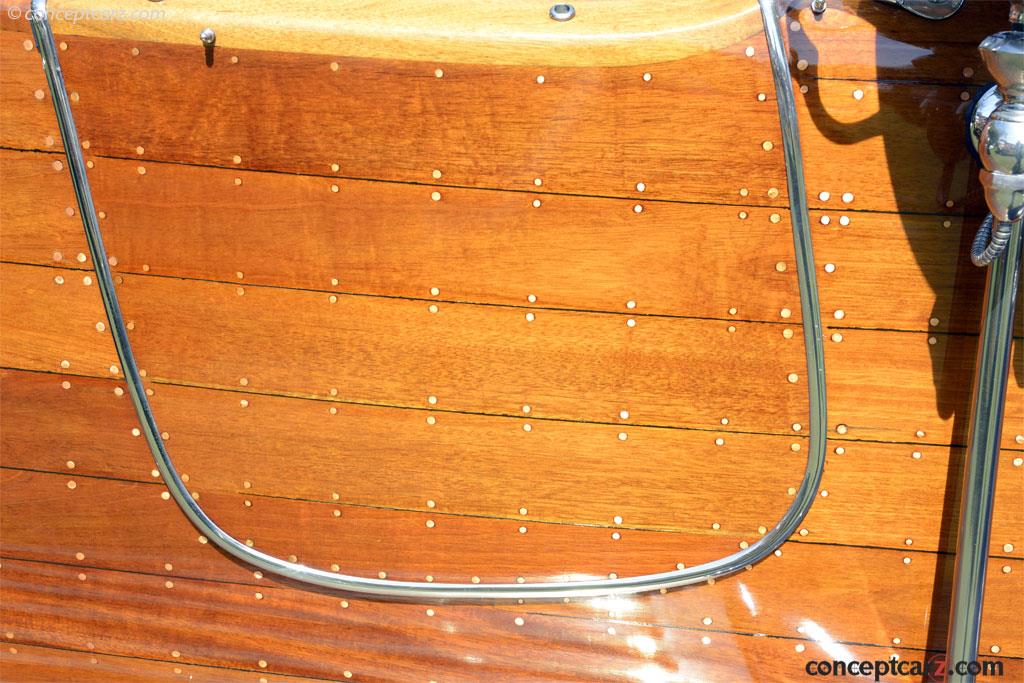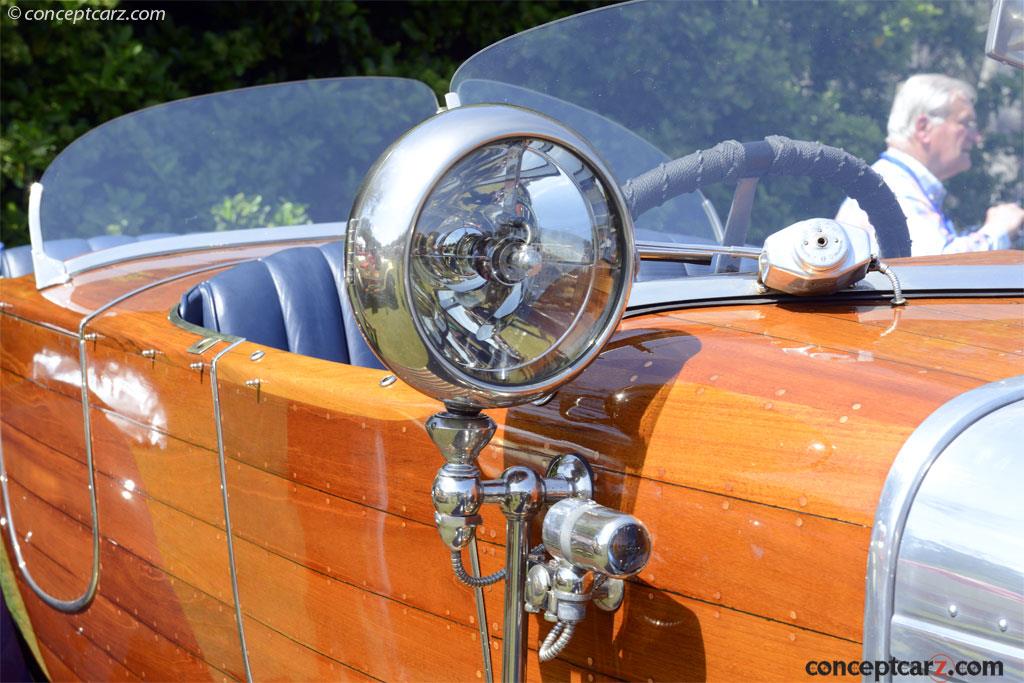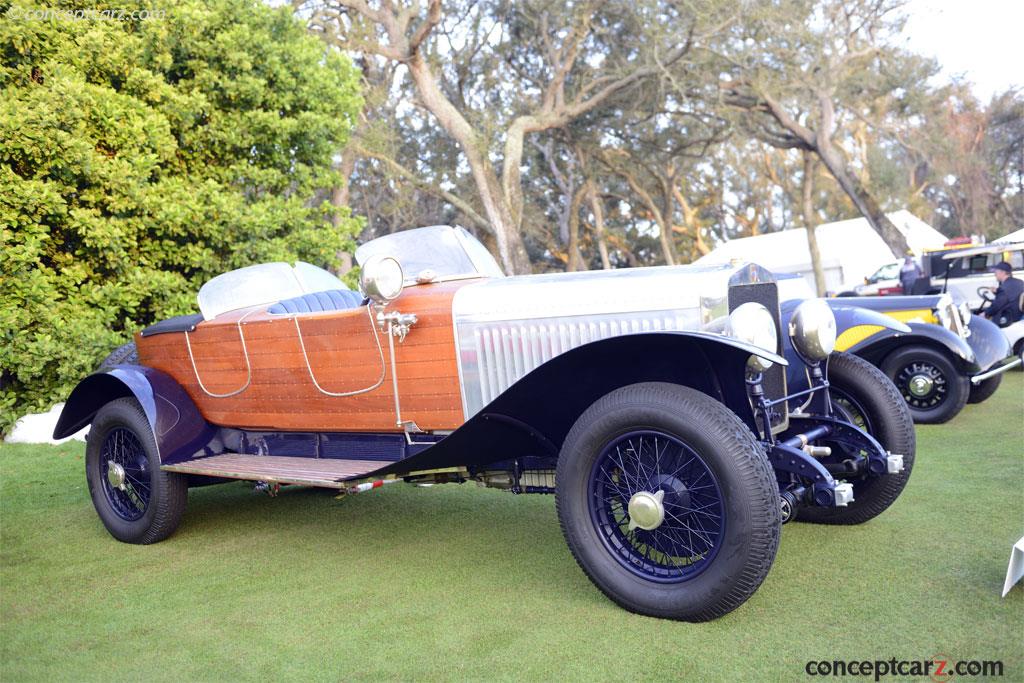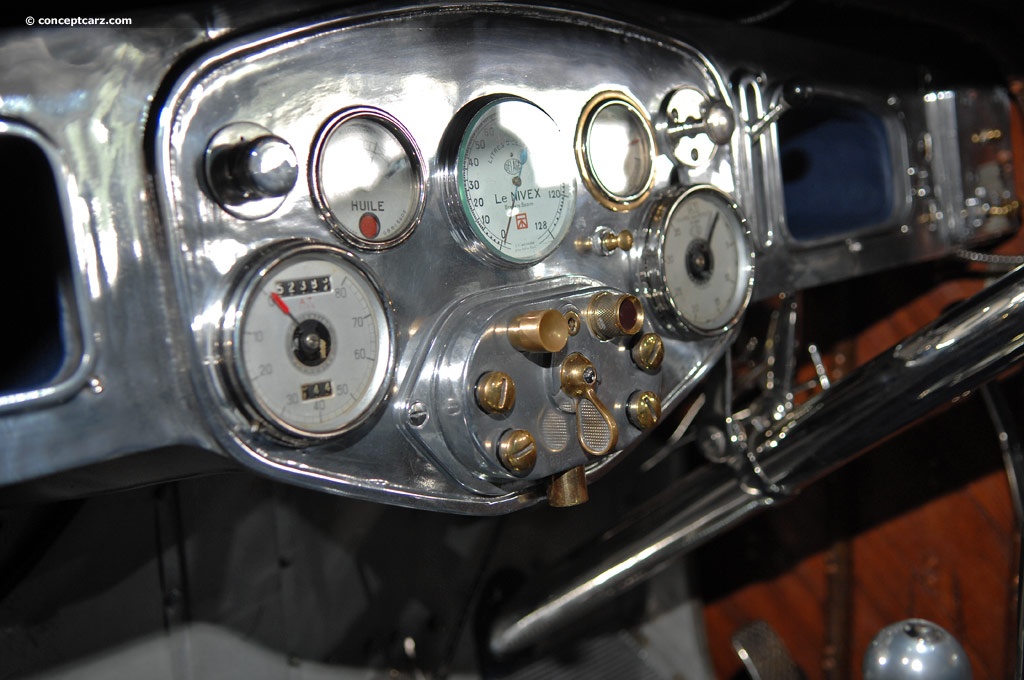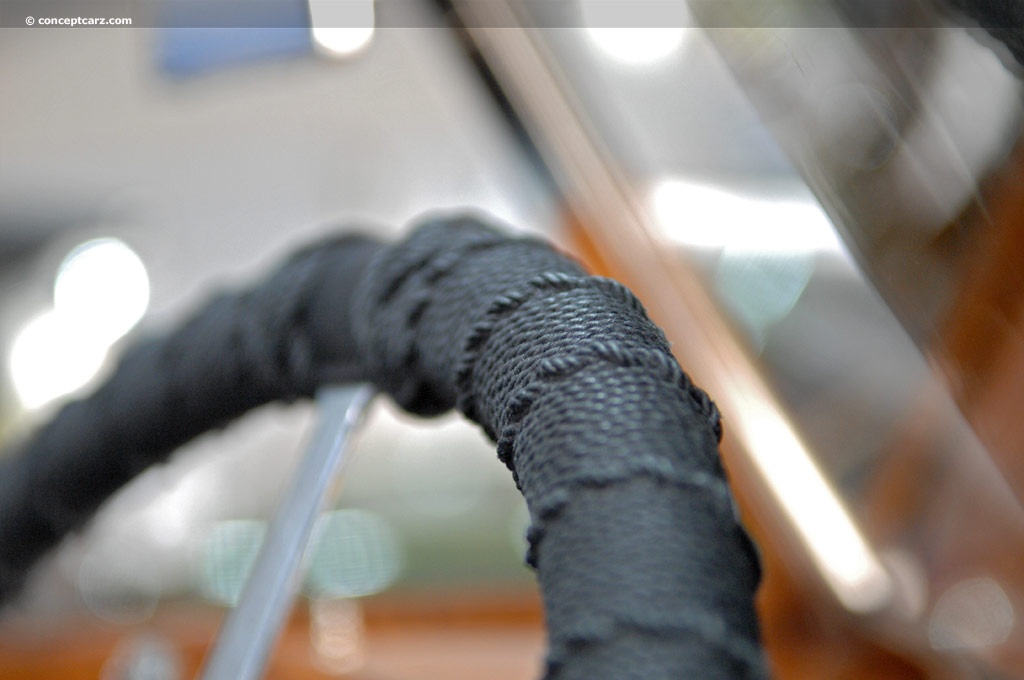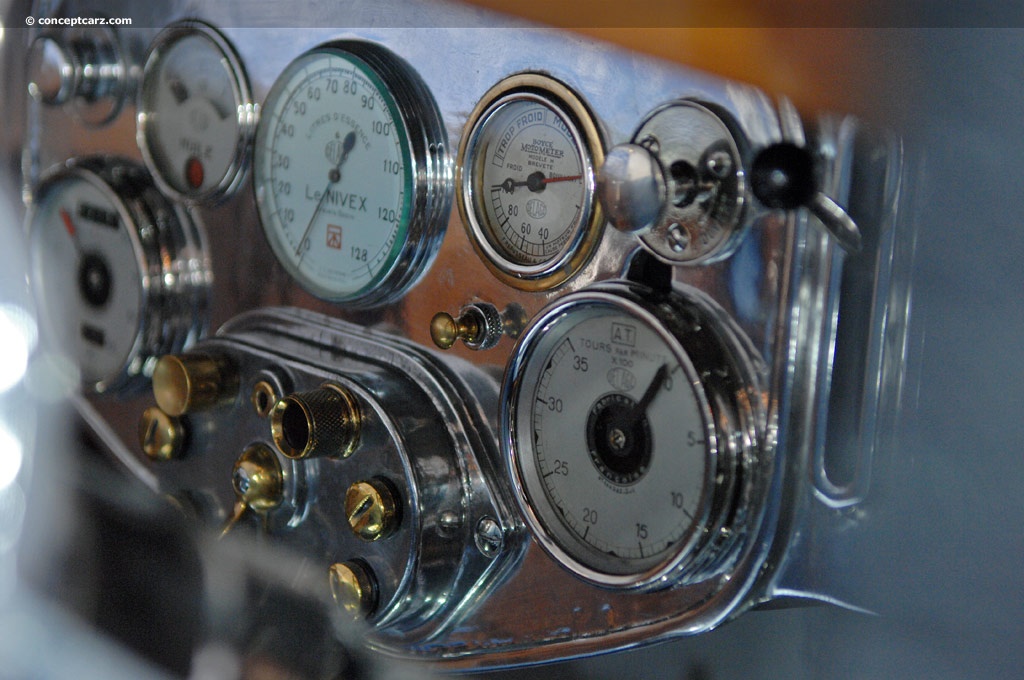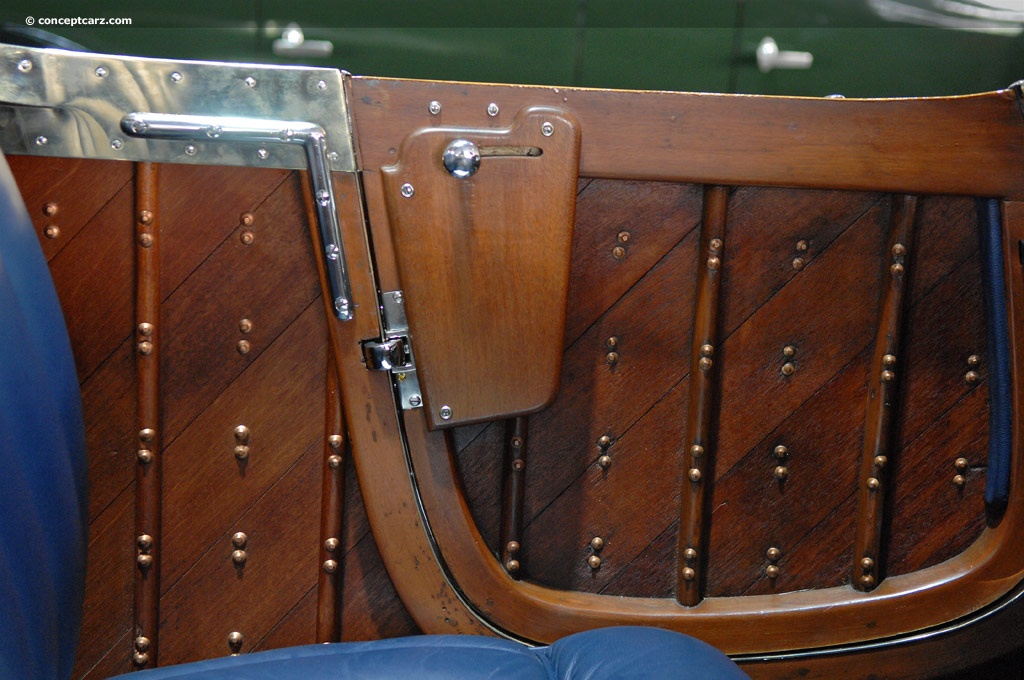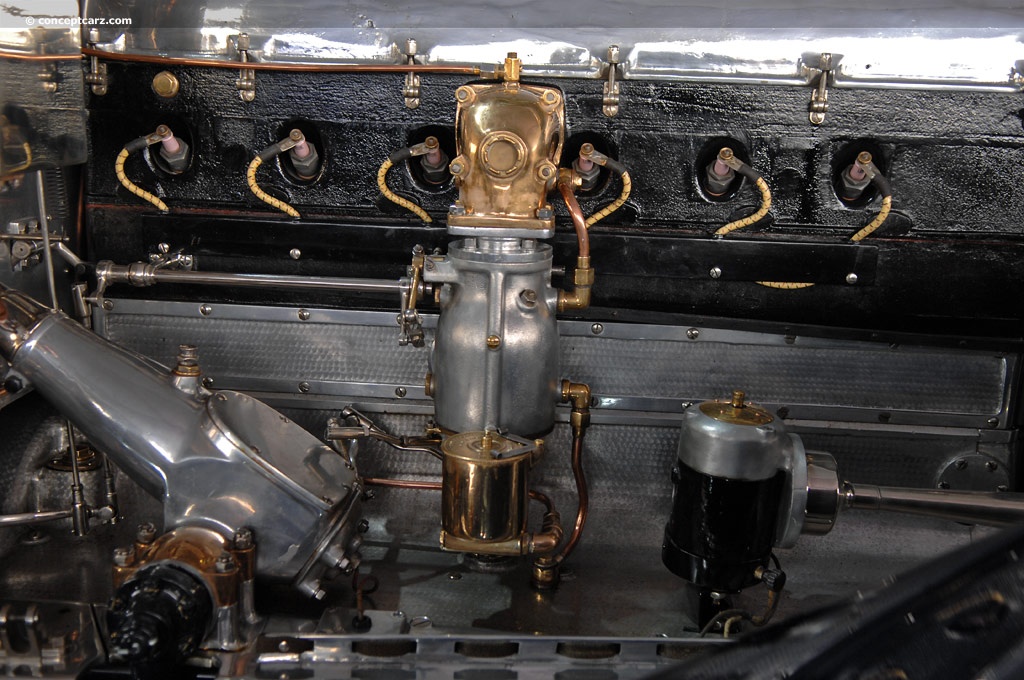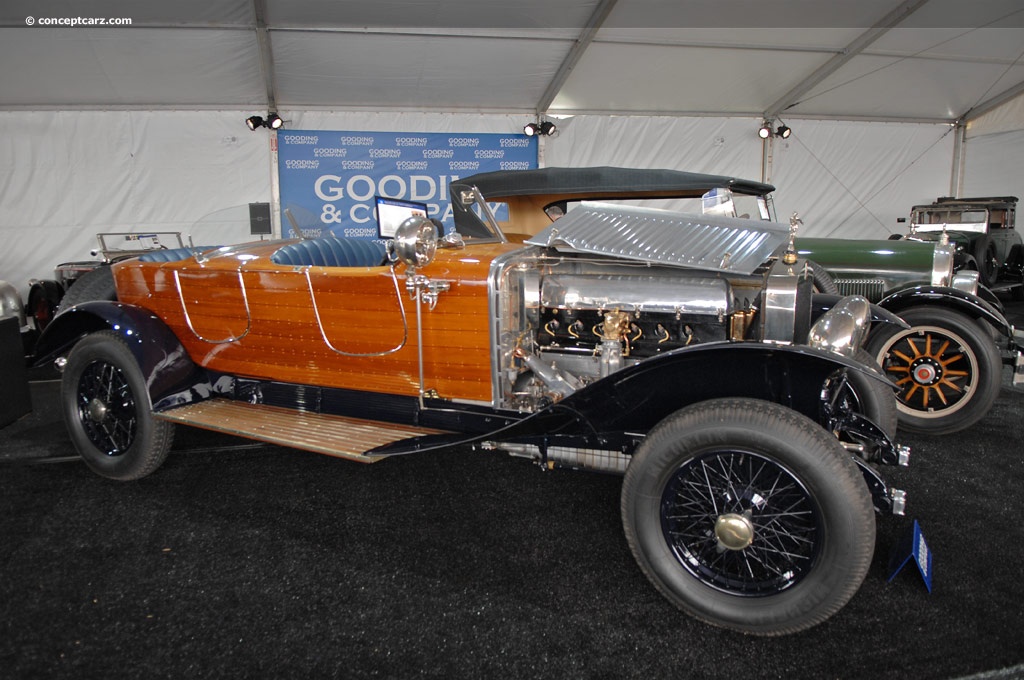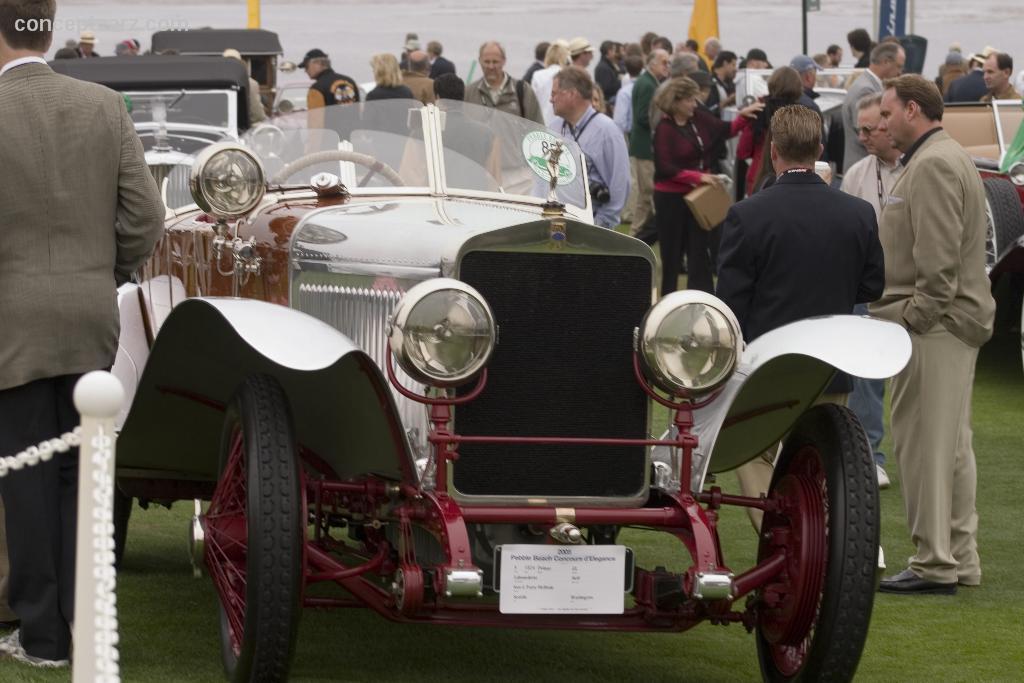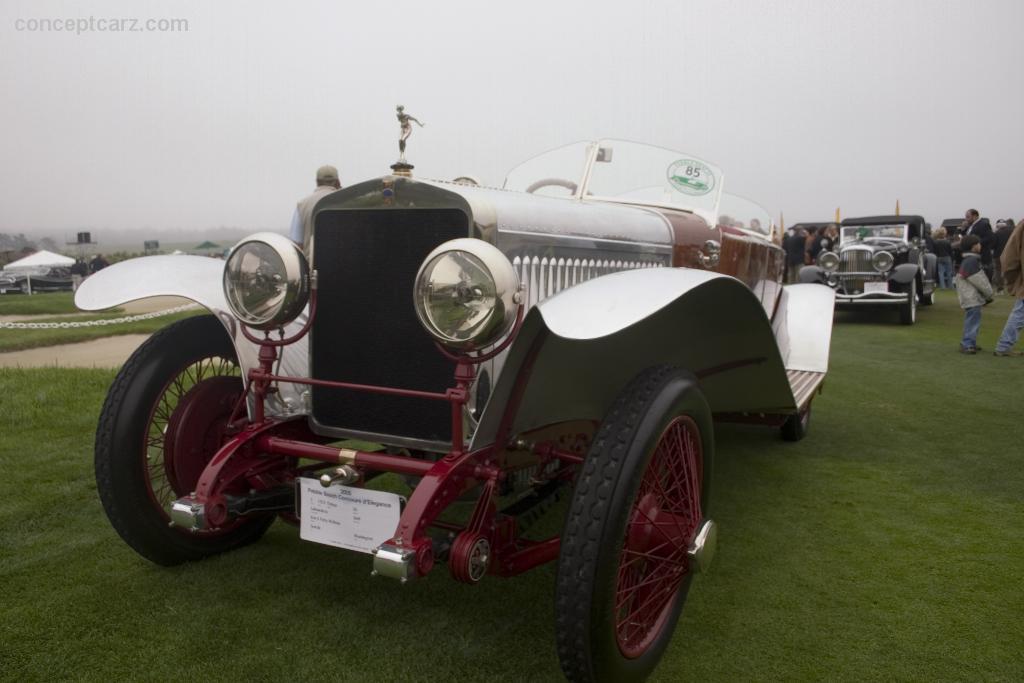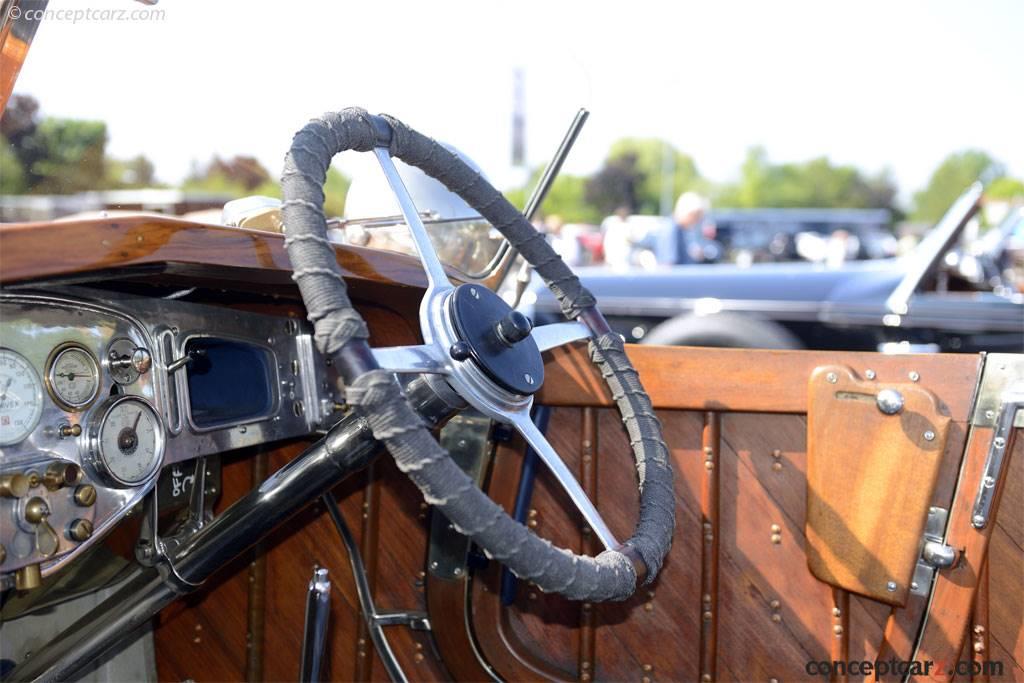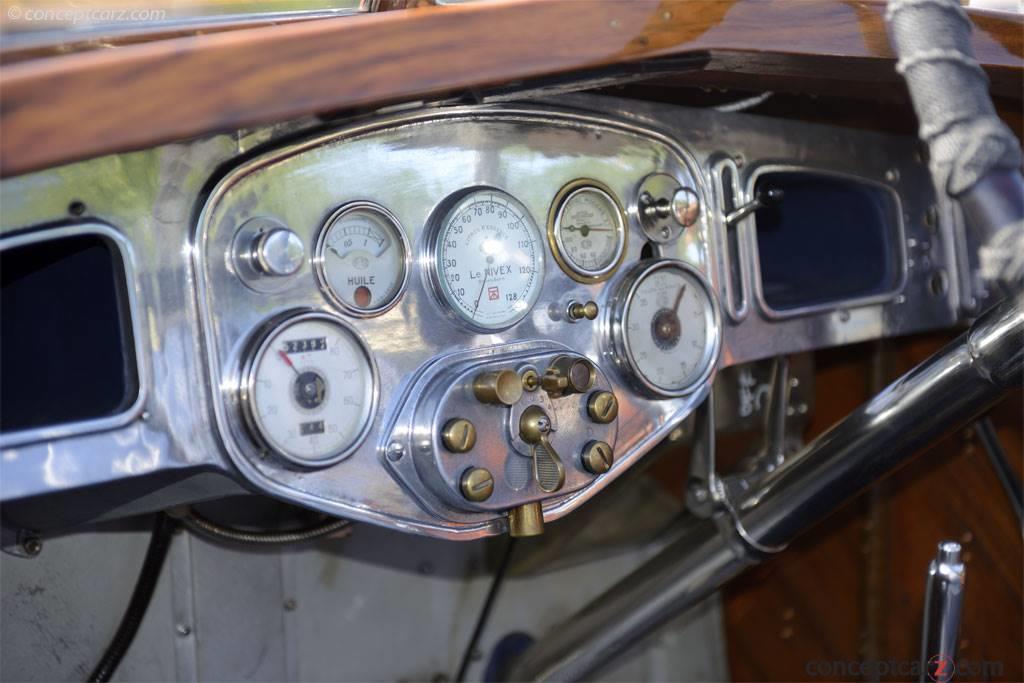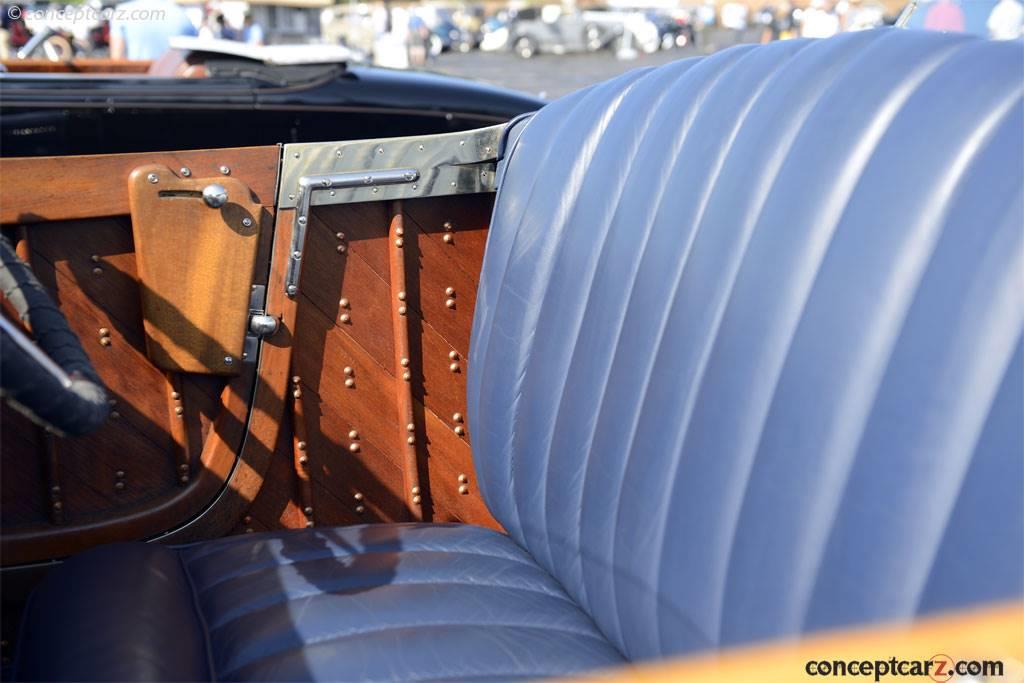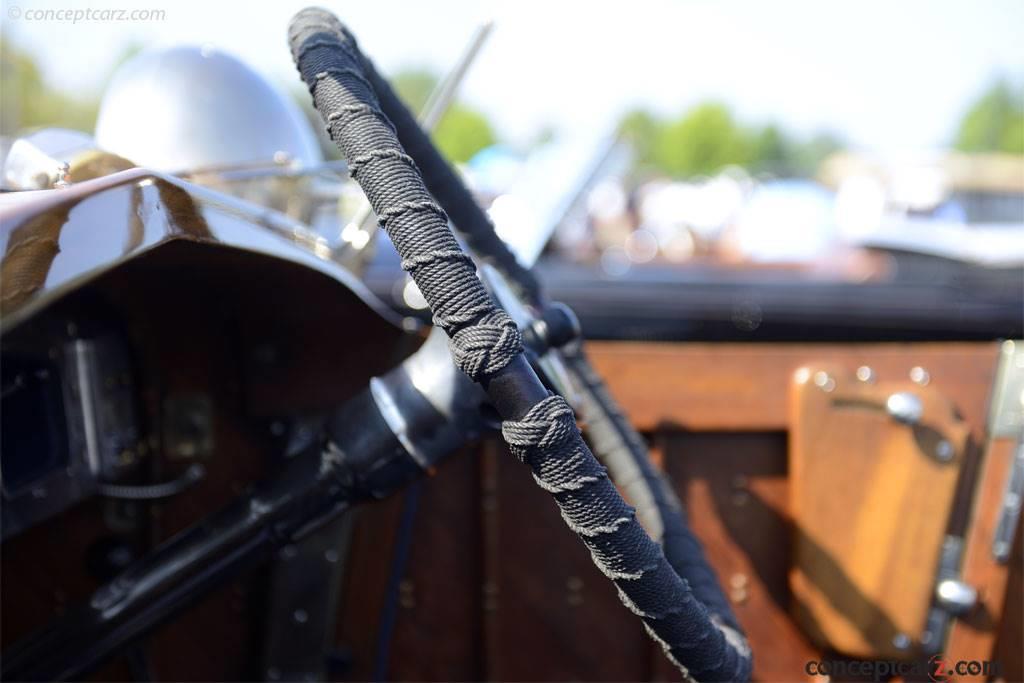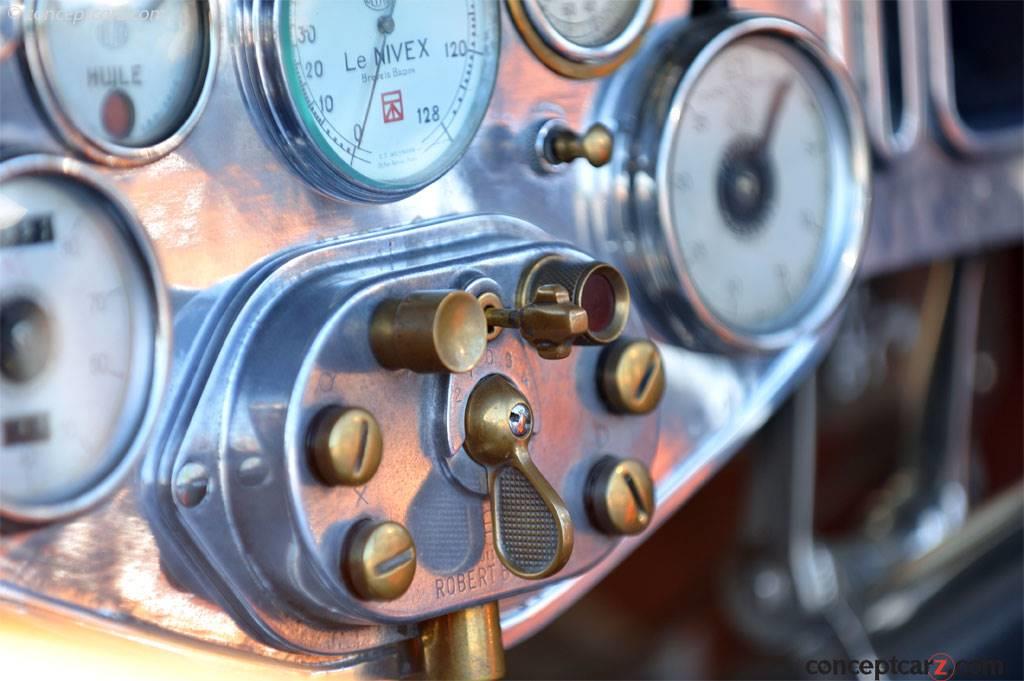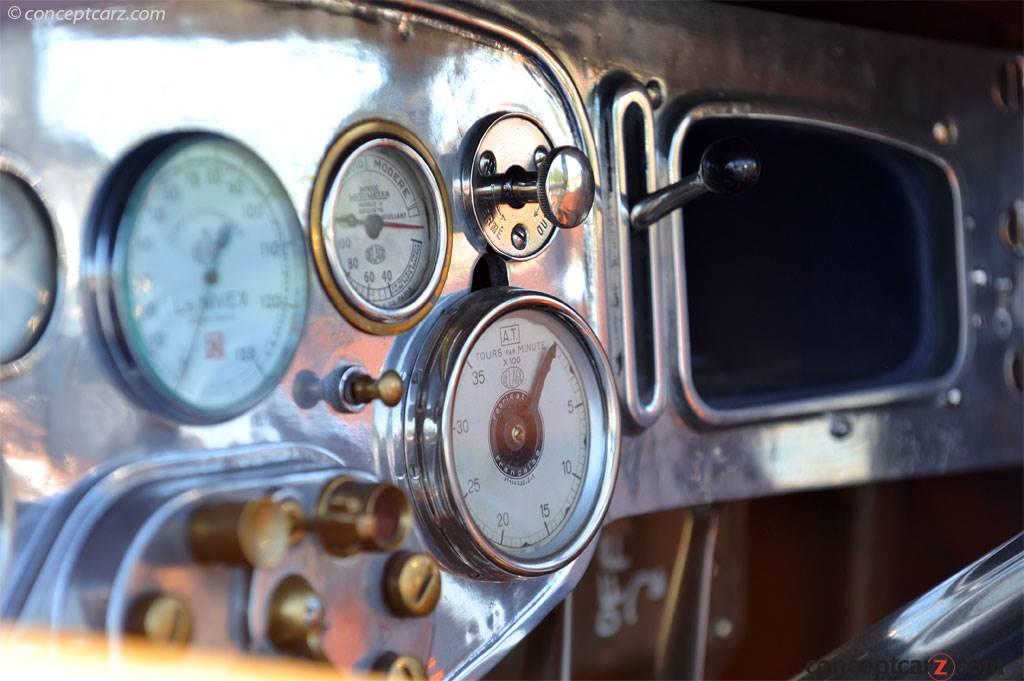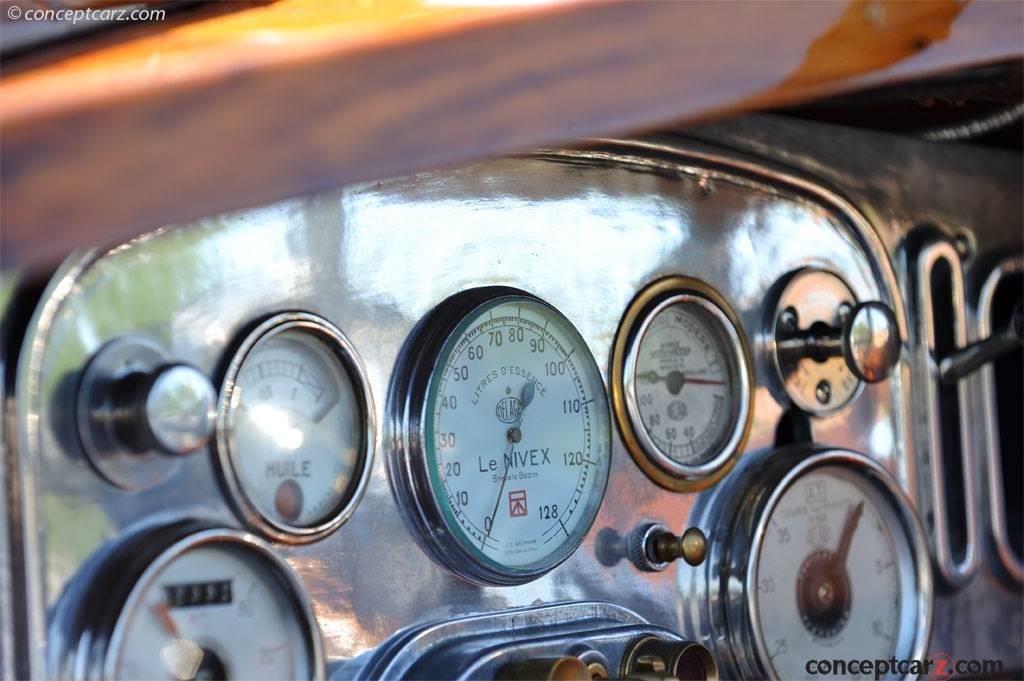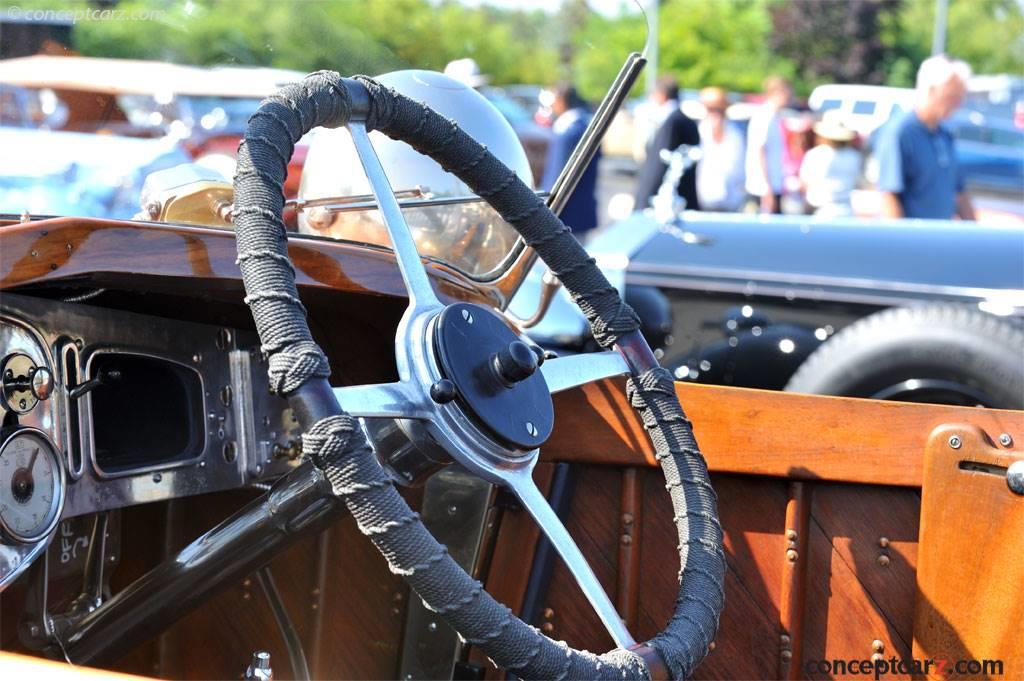During the early years of automobile production, a successful race on Sunday would translate to great sales on Monday. Many companies built their reputation on their racing success and put great effort and expense into maintaining status. Louis Delage was one of those individuals who built a great vehicle and proved it at the race track. His cars were quick and durable and were known for their speed and agility. The continual need to prove the vehicle’s capabilities was expensive, and nearly sent the Delage Company into bankruptcy.
During Wartime, Delage built vehicles for the French military. During this time, the company amassed considerable funds. When war ceased, the production of civilian transportation resumed. One of the more popular post-war cars was the Model DE with its four-cylinder engine. Sales were strong and with this new-found wealth, Delage decided to take on the elite in automobile production. Maurice Sainturat, a former engineer from Hotchkiss, was given the enormous task of building a suitable powerplant. Building an engine that could outperform Duesenberg, Rolls-Royce, Bentley, and Hispano Suiza was very ambitious; building a better car was equally as challenging.
Sainturant designed a six-cylinder, single overhead cam, engine with a single carburetor. In production form, it produced 100 horsepower which ranked among the higher figures of other six-cylinder engines. A more potent version of the engine was available, which had twin-cam heads and boosted power by 30 bhp.
The engine was mounted into a conventional ladder frame and suspended in place with live axles and semi-elliptic leaf springs and friction dampers. Servo-assisted drum brakes were placed at all four corners and a four-speed gearbox was mated to the engine. The bodywork was left to skilled coachbuilders. There were four chassis lengths available, ranging from the shorter ‘Sport’ version which measured 3400mm, to the long 3850mm. The base size was 3620mm. An even shorter sport frame was available and these versions were fitted with the more powerful version of the engine.
This new model was given the name GL – meaning ‘Grand Luxe’ – and put on display at the 1924 Paris Auto Salon. It was given a competitive price and often sold for less than the competition. Unfortunately, the luxury car market was incredibly difficult to crack and around 200 examples, including the Grand Sports, were sold from 1924 through 1928. Less than ten are believed to have survived into modern times. The high cost of development had depleted much of Louis Delage’s funds. To raise more capital, the company was forced onto the Paris stock exchange and the company became ‘public.’

